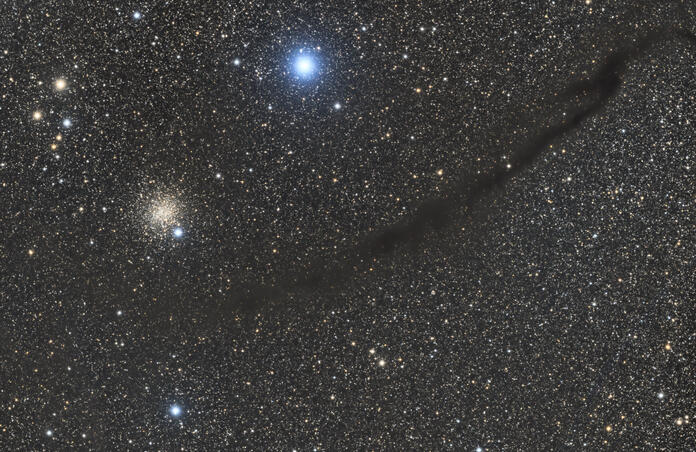Sequence Generator Pro (SGP) Review

I’ve spent the last few months working to get proficient using Sequence Generator Pro (SGP). For the most part, it’s been a fairly straightforward journey. However, now I’m having to wrestle a bit to get plate solving to work as advertised.
This sounds like a good time to review what this tool is and why its useful to have. Plate solving, which I think is more formally called Astrometric solving is a technique used to calculate the celestial coordinates (RA and Dec) of any object in an image. Usually the object you’re solving for is the target object in the image. The result is that SGP uses this information to make corrections to where your telescope is actually pointing (via your mount) so that in the end, your telescope is pointing at the target you want it to and not elsewhere. It does this by taking an image of the sky where you are pointed to, compares the stars in this image to a reference catalog of the sky to know with a high degree of accuracy where the mount is actually pointing and then calculates the corrections needed to move the mount to center on the astrometric coordinates you defined as the target.
Plate solving gets its name from the time of early astrophotography, when camera images were taken on photographic plates that were covered with an emulsion to engrave the image to the plate. These photographic plates were then analyzed by teams of women to provide the astrometric solutions of the stars in the plate image, making it possible to have a complete survey of the sky. How this was done is a complete story in and of itself that you really should take the time learn about. Begin by researching about the staff of women who did this work under astronomer Edward Pickering at Harvard University in the late 19th, early 20th century.
These days, we get the solutions to the question where in the universe am I pointing to? through the use of computers and sky survey catalogs such as the Gaia catalog to do the work. In the case of Sequence Generator Pro, this is through the use of Pinpoint, PlateSolve 2, ANSVR and others. This is what I’m wrestling with; how to get these system catalogs properly set up in SGP so that it works efficiently for me like the advertising says.
You may also hear the terms Known-Position solving and Blind Plate Solving used when discussing plate solving. Known-Position plate solving is where you tell the system where you think you’re pointing to and the system will start its search using that starting point as a reference and then confirm how far off you are. This is usually the quickest way to get a solution to where you actually are and how far off it is from where you want to be. A Blind plate solve is where you do not provide the system any information as to where it might be starting out and it searches blindly for the solution. This process will work well, but you’ll need to be prepared to wait a while longer to get the answer.
Stay safe and get your neighbors to turn off their lights at night….
Telescope Live Pro Dataset NGC 4372 & Sandqvist 149
This blog post was originally published in our Telescope Live Community.
The Community represents Telescope Live's virtual living room, where people exchange ideas and questions around astrophotography and astronomy.
Join the conversation now to find out more about astrophotography and to improve your observation and post-processing skills!
